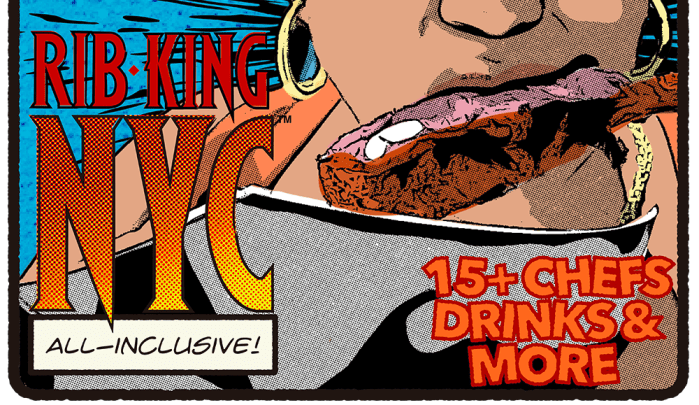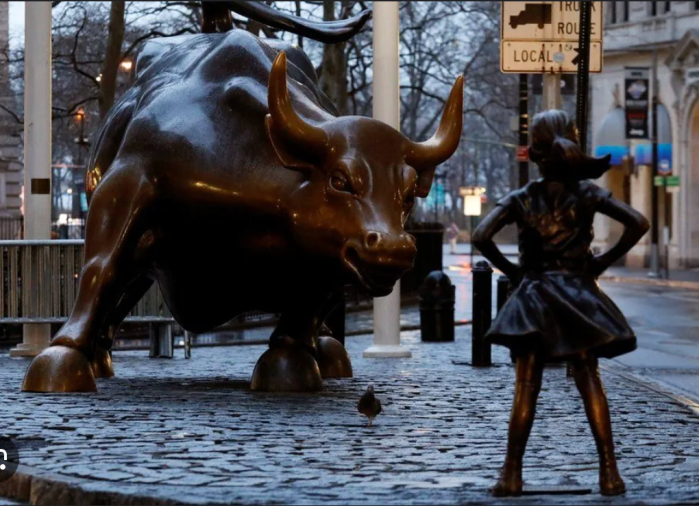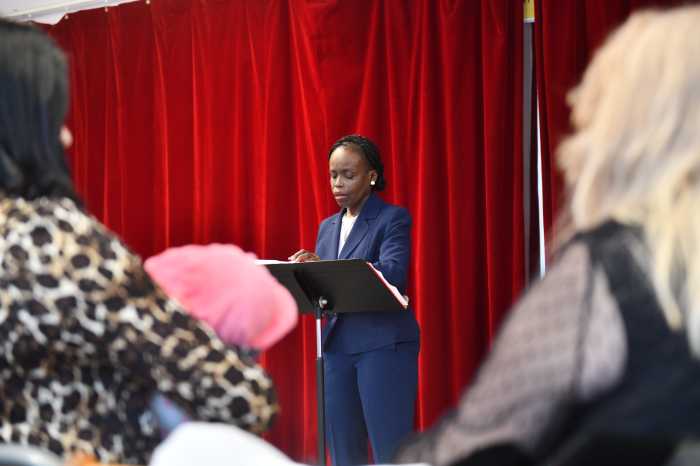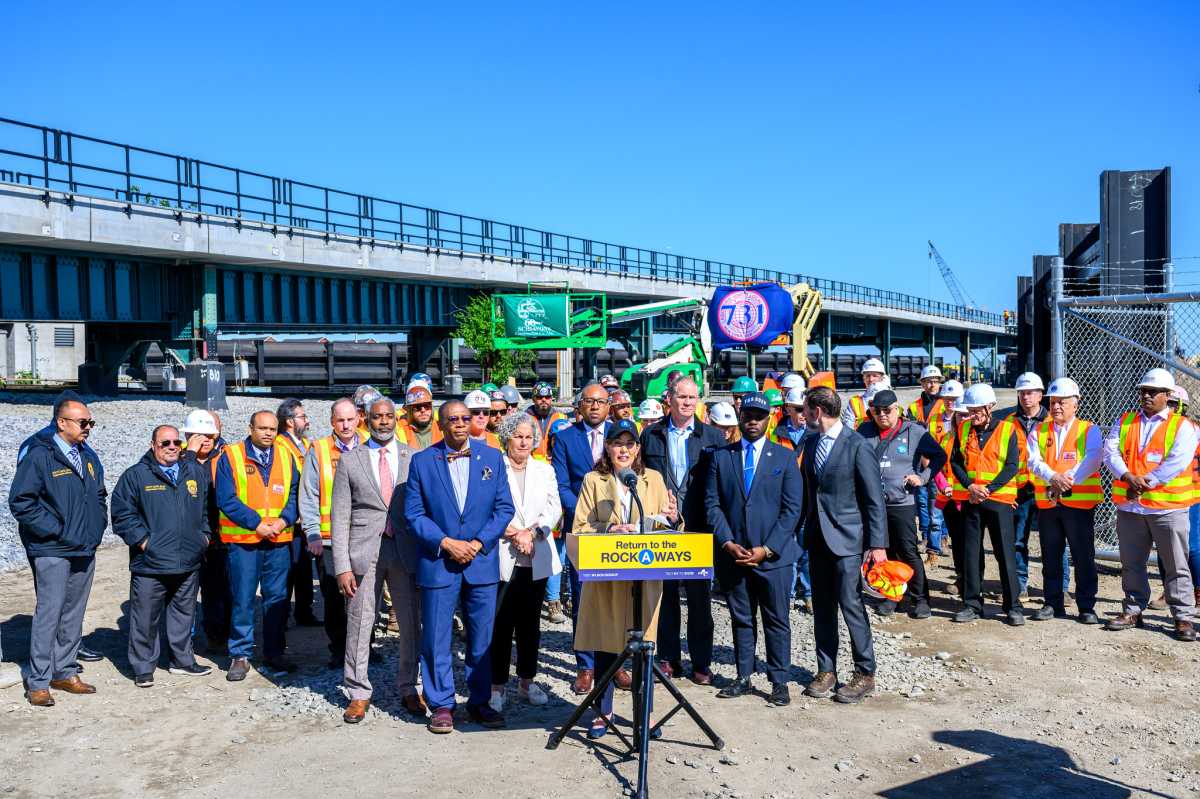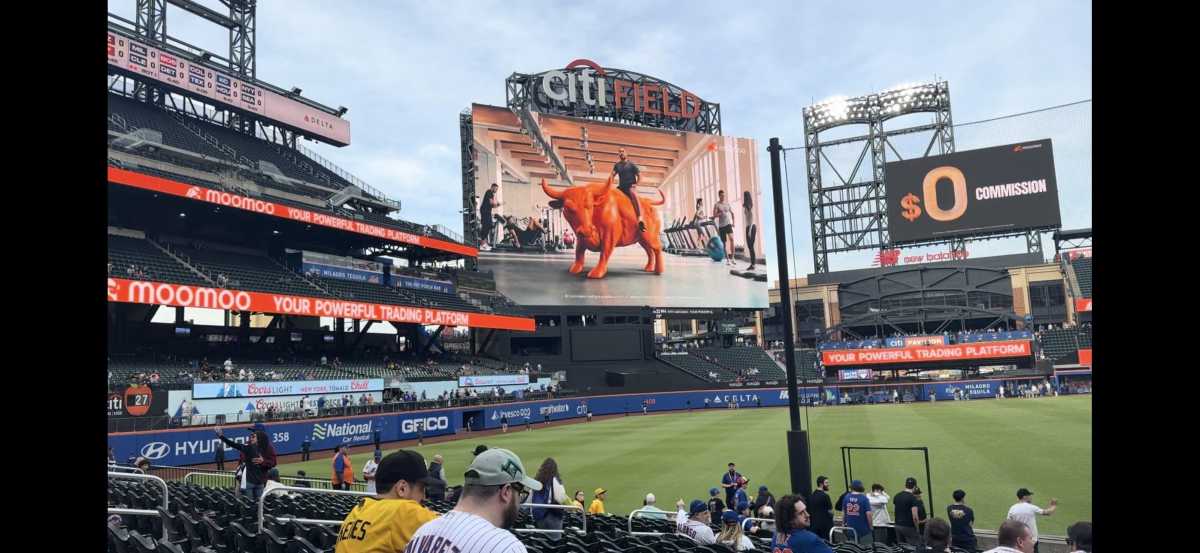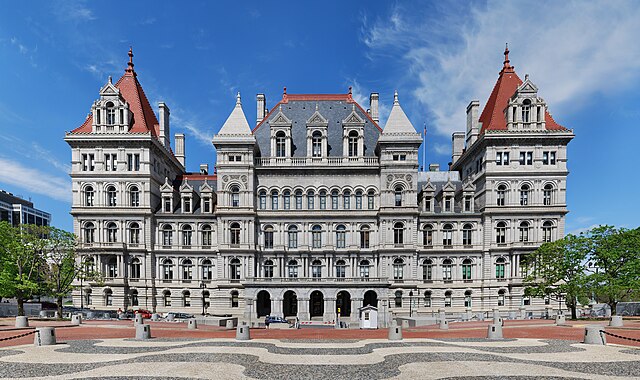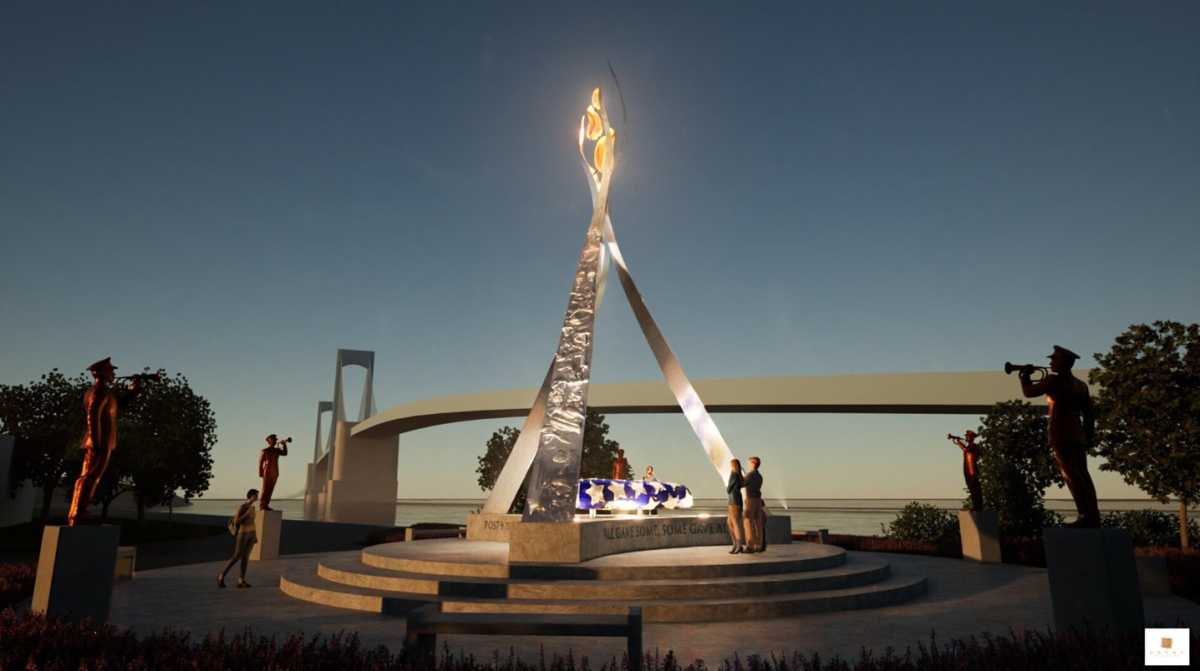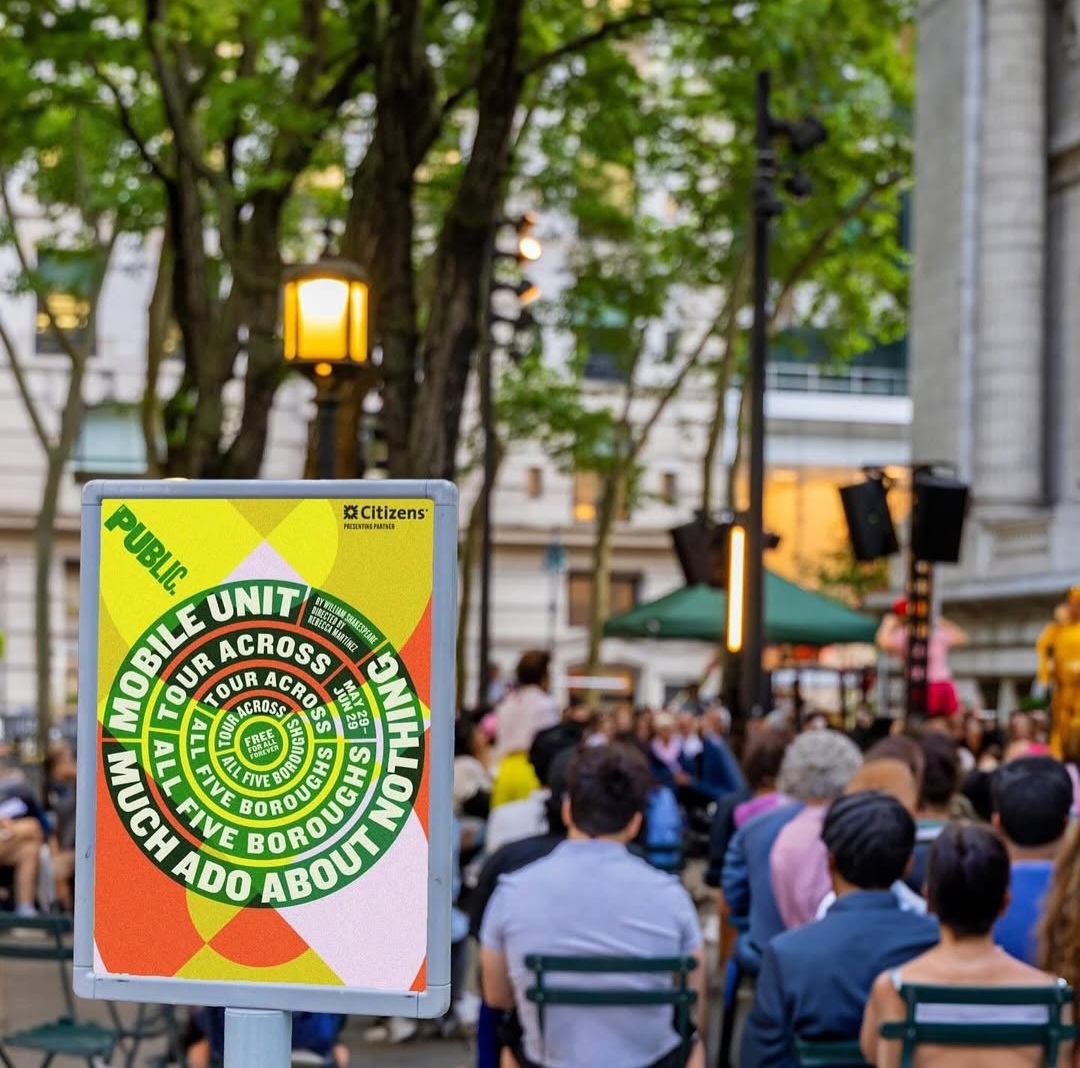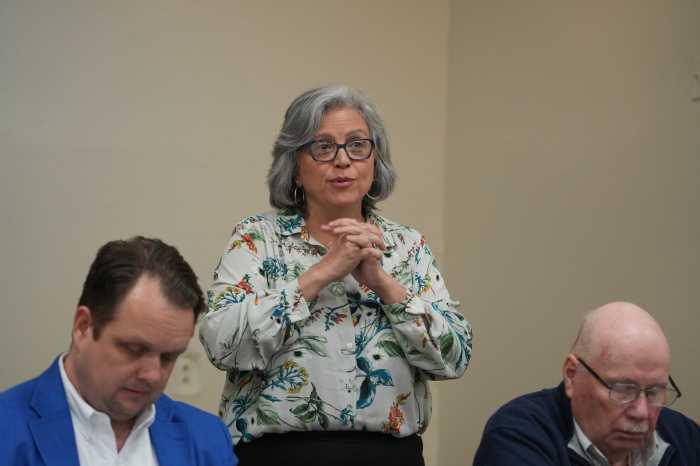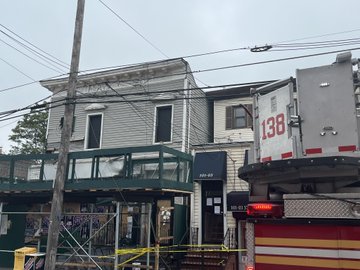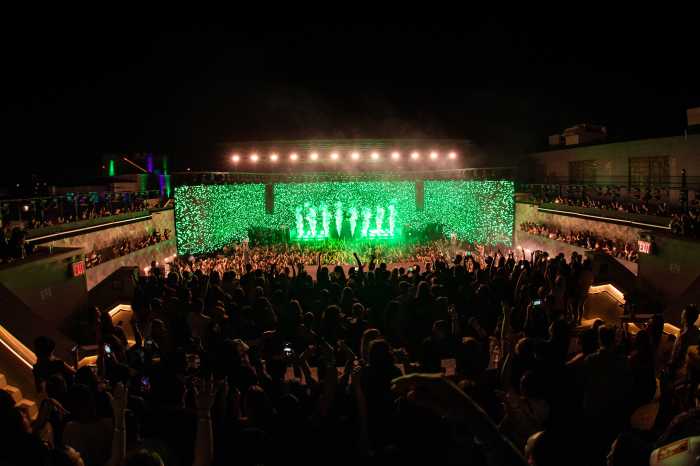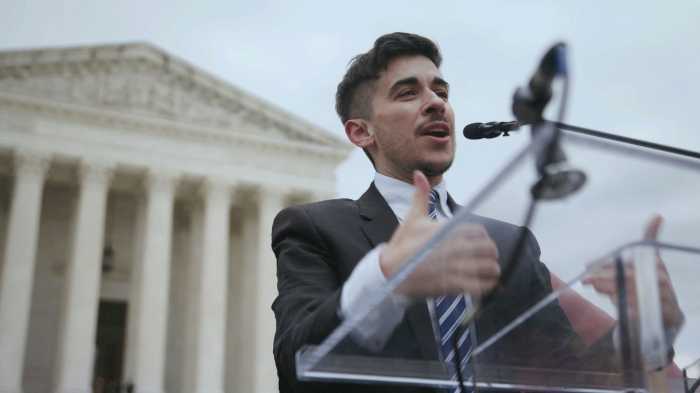By Thomas S. Goodkind
Governor Pataki recently stated that “the residential community is the foundation upon which the future of Lower Manhattan will be built.”
With about $800 million dollars remaining in the federal Community Development Block Grants used to rebuild Downtown after 9/11, the L.M.D.C. has been wondering, for months, how to best spend this money. Instead of continuing to squander theses funds, the L.M.D.C. should lend its support to the heart and soul of Downtown, the people who live and will stay here.
What was the wisdom behind granting over $160 million of this federal money to buy a damaged building from the German company, Deutsche Bank, so that the L.M.D.C. could destroy it? The L.M.D.C. should have left this work up to the bank itself.
The L.M.D.C. has also expressed support for the Liberty Bond program allowing residential realtors low interest loans, so that these realtors could build out thousands of mostly high end rental units in Battery Park City and Tribeca.
These Liberty Bonds will greatly increase the number of residents, without regard to whether or not the area has the schools, and other supporting facilities to take care of them. And these high end rentals attract transient neighbors, not those who would add stability to an already fragile neighborhood. These loans were used to benefit realtors, not our residential community.
L.M.D.C. officials have expressed interest in spending the remaining money on large projects such as a rail link connecting Lower Manhattan to the Long Island Rail Road and J.F.K. Airport. L.M.D.C. board member, Roland Betts, co-founder of Chelsea Piers, said that many of the small projects under consideration are “nibbling away” at the money required to help pay for bigger projects at the World Trade Center site. My fear involves L.M.D.C. board members envisioning our neighborhood children as these “nibbling” smaller projects, and therefore as interests contrary to their bigger plans.
A government zoning decision was recently made to allow Goldman Sachs to build a monolithic office tower in our residential neighborhood near the World Trade Center site. It has no public amenities and will forever cast a huge shadow on our Northern residential neighborhood.
Meanwhile, our children don’t even have a middle school.
Families living near the World Trade Center, besides all other obstacles, live in one of the only New York City areas with community public schools that stop at the 5th grade level. Why would anyone settle into a neighborhood that forces families to move once their child reaches the 6th grade?
It would only cost the L.M.D.C. a small fraction of what it gave to Deutsche Bank to assist the people living around the World Trade Center site by giving them what every other N.Y.C. community has: a middle school.
This should be done.
The L.M.D.C. should not forget the fragile residential community around the World Trade Center site. L.M.D.C. support is needed to insure community stability.
Here Downtown, the New Year will bring the great rebuilding of the World Trade Center. And while the titans of government and industry celebrate this rebuilding, residents’ reactions may not be quite as festive.
For at least the next five years, there will be neither road, nor walkway, nor building site, nor subway entrance that will be left untouched. For those of us who have chosen to remain and live here for the great rebuild, there will be plenty of noise, heaps of obstructions and loads of congestion. And that’s enough to block any celebration.
If you were rugged enough to stay in place as a Downtown resident for these past few years after 9/11, the great rebuilding about to commence will truly test your dedication to remain here.
Incentives to keep residents in place need to be reinstated.
And they should be given to the residents who lived here before 9/11 and stayed, not to those who will simply take advantage of the incentives, and move out afterward.
L.M.D.C. should reinstate the Residential Grant Program for renters, and allow new and old home owners to more fully deduct the costs of their loans.
The New York State Housing Finance Agency and State of New York Mortgage Agency reported that after 9/11 rental residencies still inhabitable around the W.T.C. site had been up to left 60 percent vacant. Soon after the Residential Grant Program was put in place, these buildings quickly filled with new residents.
Without the support from the L.M.D.C., years of new nonstop construction will once more cause the rapid deterioration for our fragile area.
Along with my wife and two daughters, I am proud to call the area surrounding the World Trade Center my home. We have walked by the sadly empty site of the World Trade Center nearly everyday since 9/11, waiting for its return. Once this construction is complete, if our residential community is still intact, we will finally feel that our community, our home, has returned to normal.
It is the responsibility and the obligation of all L.M.D.C. members to insure that our neighborhood remains intact during these next few years. It is Kevin Rampe, president of the L.M.D.C. who said “a thriving community base will be the cornerstone of Lower Manhattan’s revitalization.”
For this reason, the L.M.D.C. should show its commitment to the residential community: those who lived through this disaster and are here to stay.
Thomas S. Goodkind, the controller of a commercial Manhattan real estate firm, lives with his wife and two daughters in Battery Park City, where he has lived and worked for the past sixteen years. He is a member of Community Board 1.
WWW Downtown Express




